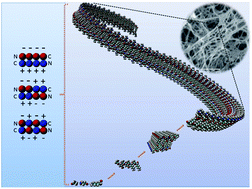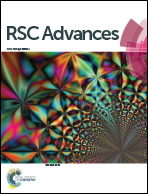Molecular self-assembly guides the fabrication of peptide nanofiber scaffolds for nerve repair
Abstract
Peptide nanostructures formed through molecular self-assembly are increasingly important for material science and regenerative medicine. Peptide self-assembly allows the design and fabrication of supramolecular architectures at the nanoscale. In the β-sheet system, ionic self-complementary peptides and peptide amphiphiles (PAs) have been extensively developed to form cylindrical nanofibers and subsequent 3D biomaterial scaffolds, which have demonstrated the potential to repair nerves. In addition, modification with peptide epitopes (i.e. functional motifs) and incorporation of molecular signals are beneficial to the bioactivity of peptide nanofiber scaffolds, and these two methods contribute favorably to the improvement of cell function and tissue regeneration in neural tissue engineering. This review focuses on the design, fabrication and properties of these two peptide-based biomaterial scaffolds, as well as their application in nerve repair.


 Please wait while we load your content...
Please wait while we load your content...